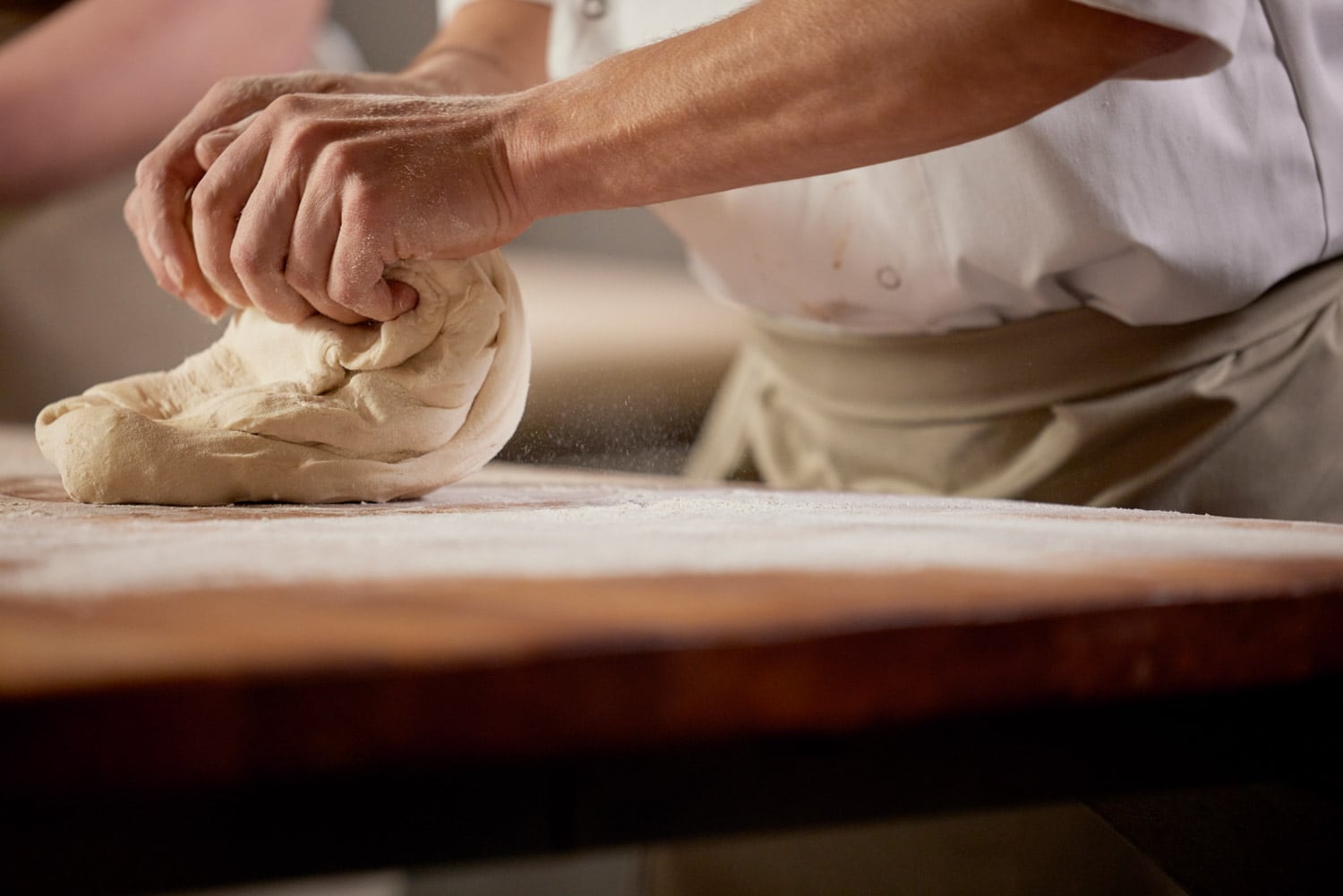Baking is much more than a creative activity; it’s a precise science that relies on the perfect balance of ingredients, temperature, and technique. Understanding the science behind baking can help you achieve consistently perfect results, whether you’re making bread, cakes, cookies, or pastries. Here’s a look at the key principles and how you can use them to bake with confidence.
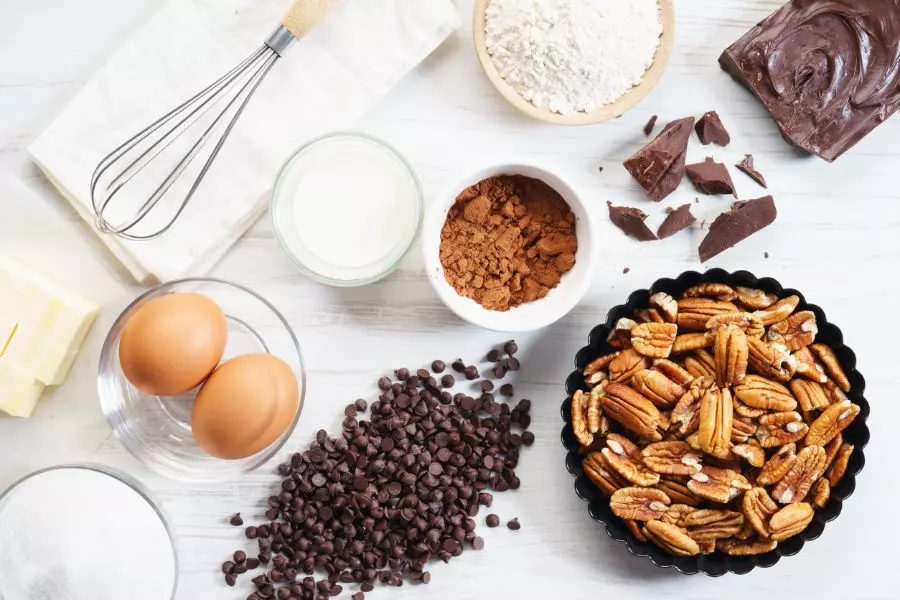
1. The Role of Ingredients
Each ingredient in a recipe serves a specific purpose, and understanding these roles is key to successful baking.
- Flour provides structure and stability. The type of flour you use (all-purpose, cake, bread, etc.) affects the texture of your baked goods. For instance, bread flour has more protein, which helps form gluten, while cake flour has a lower protein content, creating a softer crumb.
- Sugar contributes to sweetness but also affects texture, moisture, and browning. It helps retain moisture in cakes and cookies, making them soft and chewy.
- Leavening agents like baking powder, baking soda, or yeast cause dough and batter to rise. Baking soda requires an acid to activate it (like vinegar or buttermilk), while baking powder already contains an acid and only needs moisture to start its reaction.
- Fats such as butter or oil add richness and tenderness. They also help with browning and contribute to the texture, whether it’s flaky in pastries or tender in cakes.
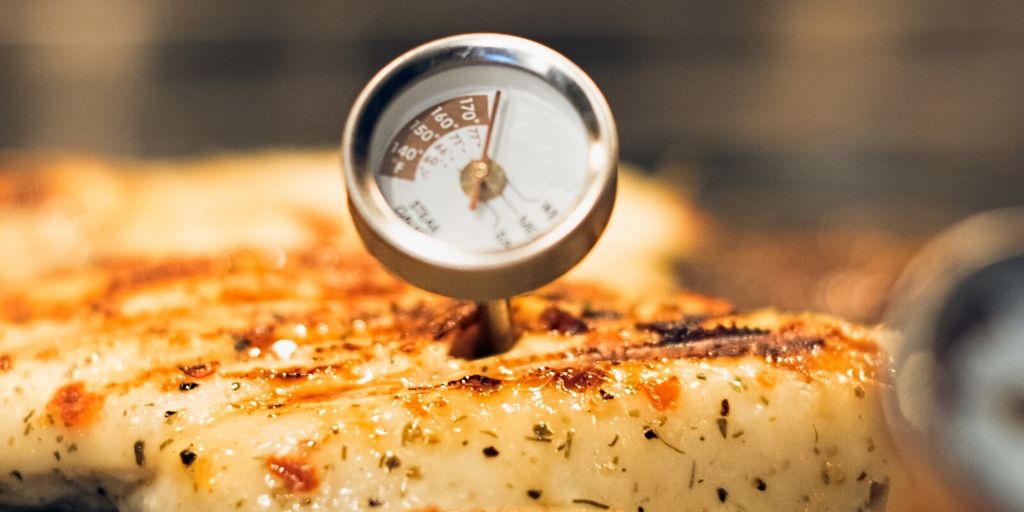
2. The Importance of Temperature
Temperature plays a crucial role in the baking process. The temperature of both your oven and your ingredients can impact the final result.
- Oven temperature: An oven that’s too hot can cause the outside of baked goods to brown too quickly while leaving the inside raw. A cooler oven may cause baked goods to spread too much and bake unevenly. Always preheat your oven to the specified temperature to ensure consistent heat throughout the process.
- Ingredient temperature: Ingredients like butter, eggs, and milk should often be at room temperature to ensure even mixing and proper texture. Cold ingredients can lead to uneven mixing, affecting the rise and texture of your baked goods.
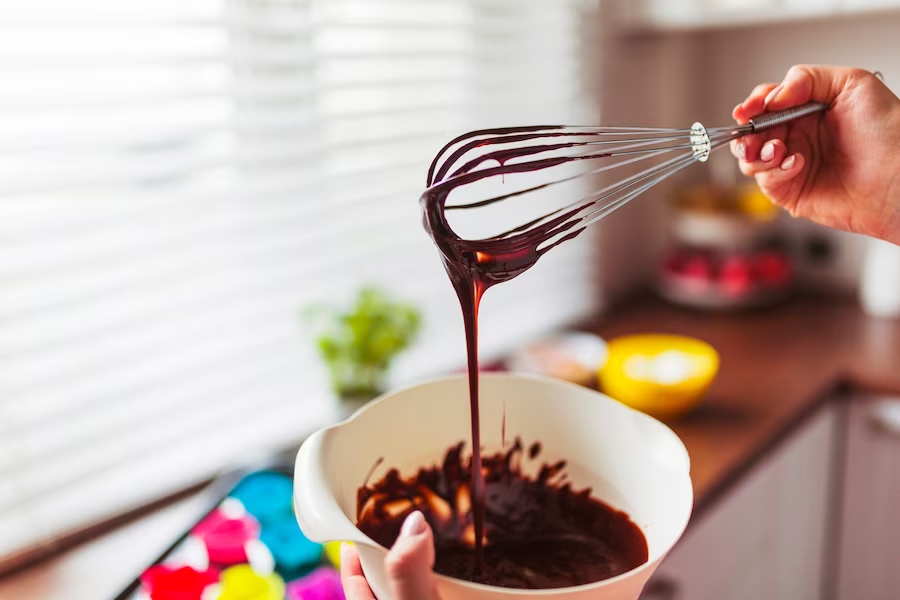
3. The Role of Mixing
How you mix your ingredients can significantly affect the final outcome. Overmixing can lead to dense, tough results, while undermixing can result in uneven texture.
- Creaming butter and sugar: This step incorporates air into your mixture, creating a light and fluffy texture in cakes and cookies. Be sure to cream the mixture for the right amount of time—typically 3-5 minutes.
- Folding and stirring: When you’re mixing delicate batters, like for cakes or soufflés, gentle folding preserves the air you’ve incorporated, ensuring a light, fluffy texture.
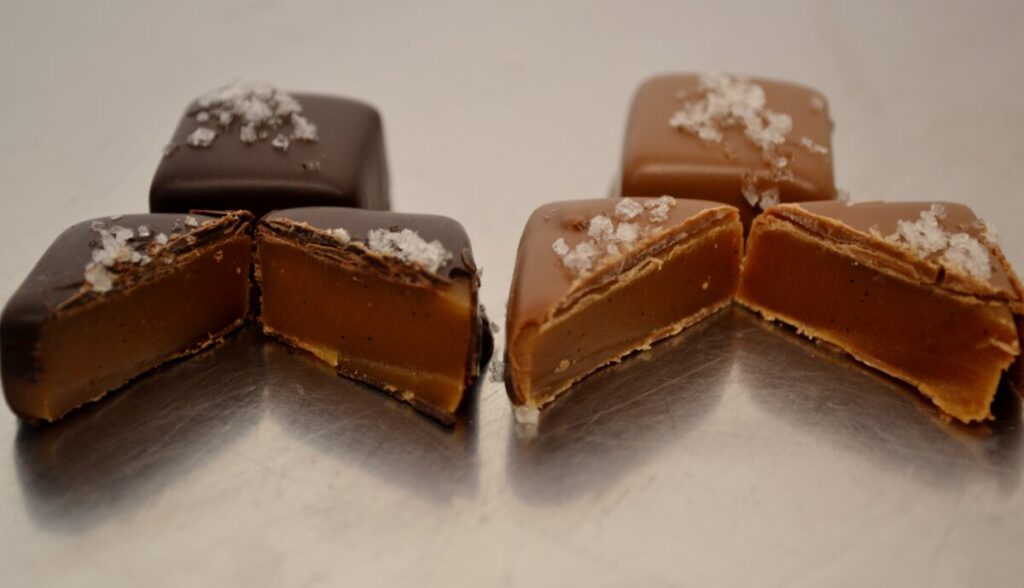
4. The Maillard Reaction and Caramelization
The golden-brown color and delicious flavor of baked goods are due to two important chemical reactions: the Maillard reaction and caramelization. These occur when sugars and proteins break down under heat, creating complex flavors and appealing colors. To maximize these reactions, bake at the correct temperature and avoid overbaking, as this can lead to burnt flavors and textures.
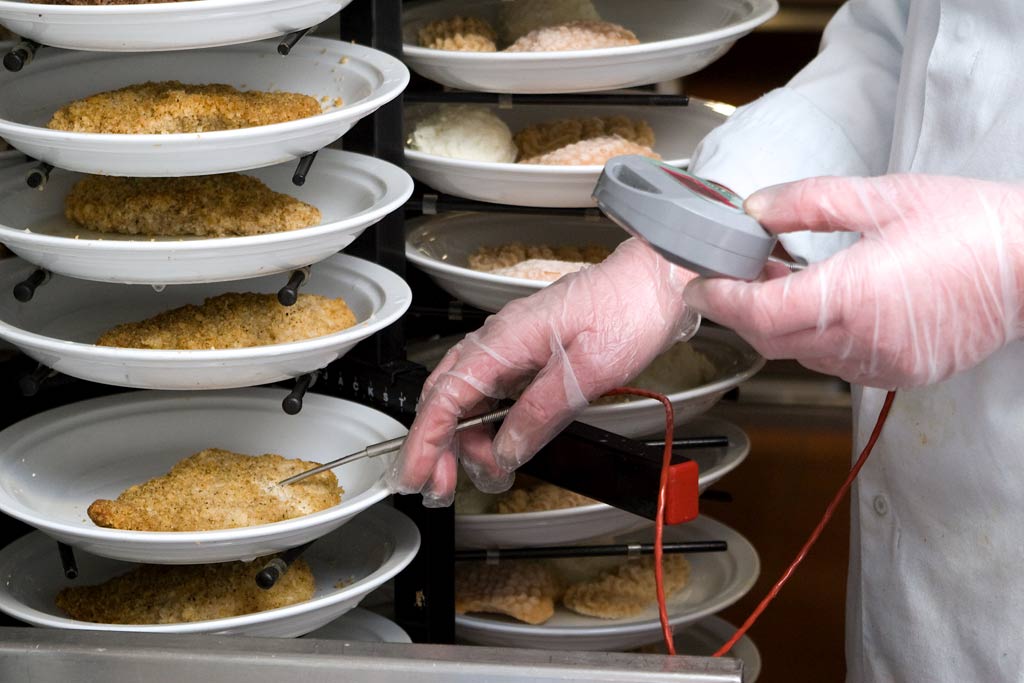
5. The Cooling Process
Cooling is just as important as baking. Allowing baked goods to cool properly helps them set and develop their final texture. For example, cookies should be left on the baking sheet for a few minutes before transferring to a wire rack, while cakes should cool in the pan for 10 minutes to prevent breaking.

